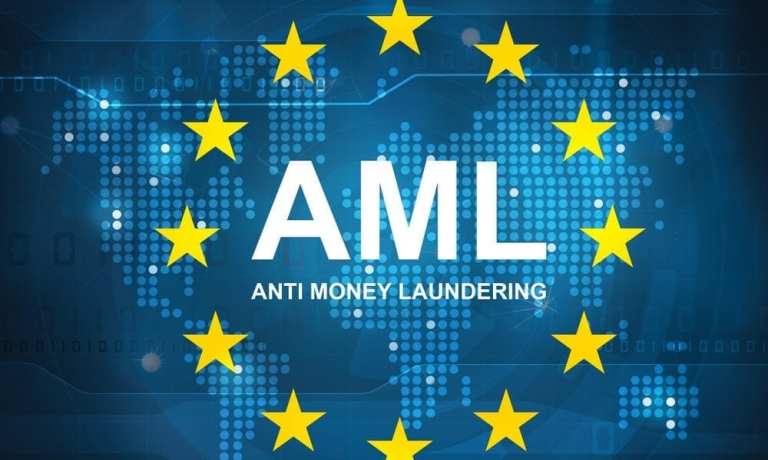AML Scandals Prompt Decrease In European Foreign Deposits

In the wake of a slew of European money laundering scandals, deposits in the euro zone region from foreign countries dropped significantly in the latter half of 2018.
Reuters reported that money laundering cases are often associated with large amounts of foreign deposits and uneven capital flowing between borders.
For example, the now shuttered ABLV bank in Latvia, along with the Estonian branches of Danske Bank and Swedbank, have all been implicated with Russian money that could have dubious origins.
The lessening of deposits came around the same time that prosecutors started an investigation in July in the Danske Bank Estonia branch.
Foreign deposits in the 19-country bloc went down 12 percent (150 billion euros) to 1.1 trillion euros ($1.2 trillion) in the second half of last year, according to European Central Bank data. That’s a difference is 150 billion euros.
Some countries didn’t see a drop in deposits, however, like Finland and Portugal.
The issue isn’t with foreign deposits in general, because getting money from affluent firms or individuals is seen as a legitimate business endeavor. However, the risks associated with non-resident deposits carry the most potential for trouble, because they are harder to regulate.
This is especially true when foreign money makes up a large amount of the total number of deposits.
“A high share of non-resident deposits is an indicator of higher money-laundering risks,” said Laure Brillaud of anti-corruption group Transparency International.
The former Latvian government set a cap on foreign deposits after the collapse of ABLV, at 5 percent. The new government got away with the cap, and foreign deposits have been continuously falling, and they now account for 12 percent of the 16 billion euros in all deposits.
Most euro zone states saw a decrease of 8 percent in December, down from 9 percent six months before. Estonian foreign deposits are at less than 3 percent, but in Finland, foreign funds are growing.
Luxembourg has the most foreign deposits, at 17 percent. Germany, Italy and France are all below 4 percent. France and the Netherlands are around 16 percent.